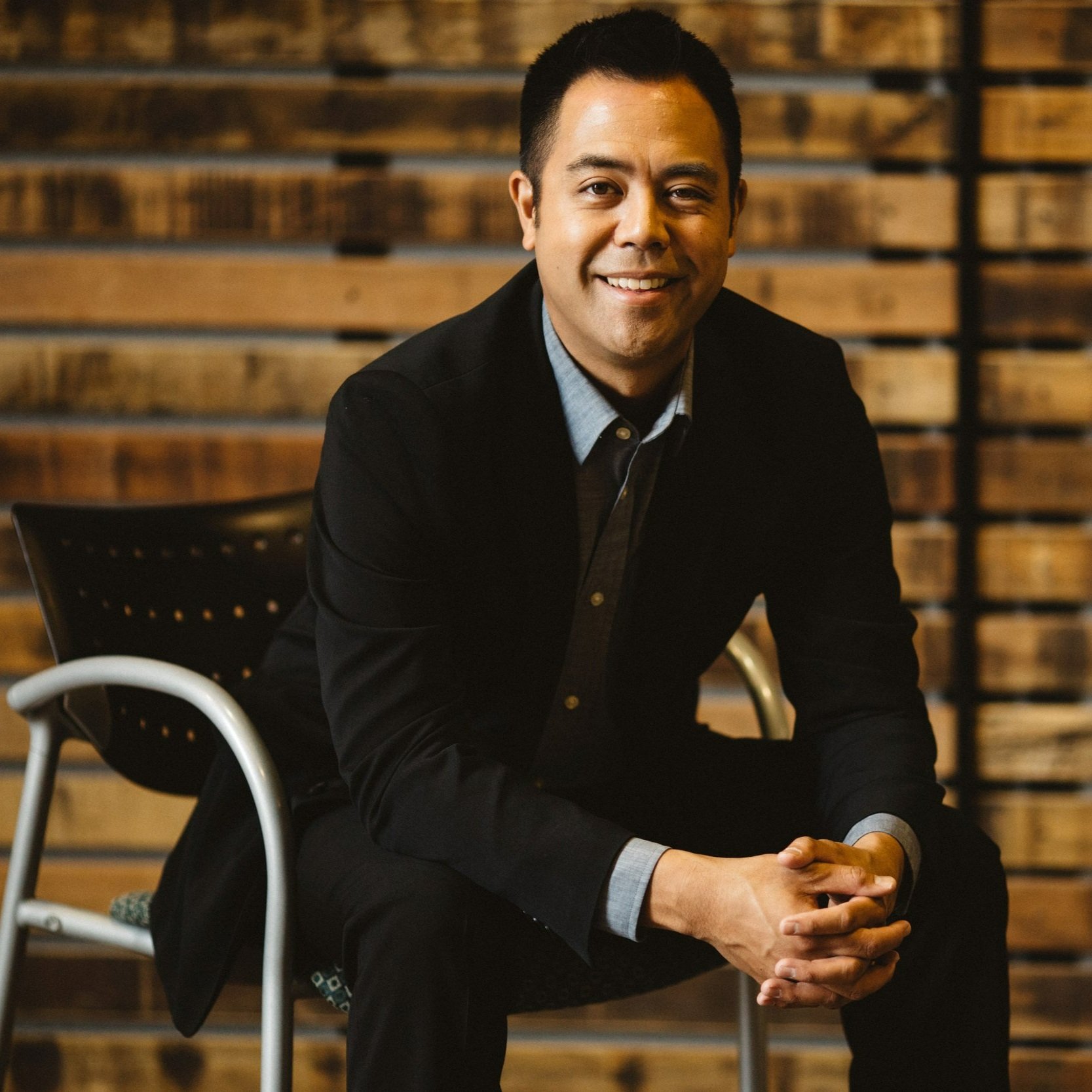Tuesday, March 26, 2024
7:00 PM — 9:00 PM
Cordiner Hall (map)
Google Calendar | ICS
Not sure what to wear? Where to park? When to clap? Check out our Concert Guide!
"Musica Antiqua brings together three dynamic musical selections that modernize and reimagine the past. American composer Jessie Montgomery weaves 'American folk idioms and the spirit of dance and movement' into her guitar-like piece, Strum. In the comic ballet Pulcinella, Igor Stravinsky uses tunes from Italian Baroque composer Giovanni Battista Pergolesi and transforms them into a Neoclassical style. And, Camille Saint-Saëns concludes his grand Symphony No. 3 with an old compositional technique, a polyphonic fugue. The entire program is an instrumental crescendo beginning with just strings, growing to a medium chamber orchestra, and finally expanding to a full ensemble complete with pipe organ."
– Nikolas Caoile
Jessie Montgomery - Strum
Igor Stravinsky - Pulcinella Suite, K034
Camille Saint-Saëns - Symphony No. 3 in C Minor, Op. 78, Organ
Aaron Hirsch, organ
Nikolas Caoile's appearance is made possible by the Katherine and Walter Weingart Guest Artist Endowment
WINE SPONSOR
Wine from our wine sponsor will be available before the concert and during intermission for $5/glass (all proceeds benefit the Walla Walla Symphony).
About the Guest Artist
Aaron Hirsch, organ
Aaron Hirsch, Principal Organist at St. John’s Episcopal Church in Boulder, CO, is a highly regarded musician with a rich performance history across the Midwest, Pacific Northwest, and Mountain West. Dedicated to diversifying musical experiences in Boulder, he organizes recitals at St. John’s and promotes the art of improvisation inspired by European organ masters.
In addition to his role as an organist, Hirsch directs the St. John’s Music Society (SJMS), facilitating free performances for the Boulder community through sponsorships and artist accommodations. A former educator, Aaron taught at Central Washington University, conducting classes in orchestration and directing the chamber orchestra. He has also served as Assistant Conductor of the Yakima Symphony Orchestra and contributed to Yakima Musica en Acción.
Aaron holds a master’s in Orchestral Conducting and a bachelor’s in Organ Performance. He resides near Boulder with his wife Erin Cone and cat Ember, and shares a passion for cinema.
Program Notes
© John David Earnest, 2024
Jessie Montgomery
Strum
Date of Composition: 2006; revised 2012
Last WWS performance: First performance at this concert
Approximate length: 8 minutes
© Jiyang Chen
The following is an interview with the composer for the Chicago Symphony Orchestra performance in 2021:
Strum, declares composer Jessie Montgomery, salutes "American folk idioms and the spirit of dance and movement.” The work's title refers to the guitar-like plucking of the strings that plays many roles: floating hum, earthy groove, rapturous thrum. "Strum is the culminating result of several versions of a string quintet I wrote in 2006," she said in a program note. Originally composed for the Providence String Quartet and guests of Community Music Works Players, Strum was then arranged for string quartet in 2008 with several small revisions.
In 2012, the piece underwent its final revisions with a rewrite of both the introduction and the ending for the Catalyst Quartet in a performance celebrating the 15th annual Sphinx Competition. "The voicing is often spread wide over the ensemble, giving the music an expansive quality of sound," she said. "Within Strum, I used texture motives, layers of rhythmic or harmonic ostinati that string together to form a bed of sound for melodies to weave in and out. The strumming pizzicato serves as a texture motive and the primary driving rhythmic underpinning of the piece." The piece begins with what Montgomery calls "fleeting nostalgia." Melodies weave in, over and between layers of strumming. Several minutes in, the music shifts, “transforming into ecstatic celebration.” With its emphasis on American folk idioms and dance/movement, "the piece has a kind of narrative that begins with a sense of nostalgia and transforms into ecstatic celebration," she said. “I’ve always been interested in trying to find the intersection between different types of music. I imagine that music is a meeting place at which all people can converse about their unique differences and common stories.”
Igor Stravinsky
Suite from Pulcinella
Date of Composition: 1922
Last WWS performance: January 29, 1991
Approximate length: 22 minutes
Igor Stravinsky’s collaboration with the legendary Russian impresario, Serge Diaghilev, was a renowned success in the early years of the 20th century. Together they created three ballet masterpieces: The Firebird (1910), Petrushka (1911), and The Rite of Spring (1913), the work which caused one of the most fabled scandals in music history and brought the composer international fame. But the rapid evolution of Stravinsky’s musical language over the course of these three ballets was destined to take a quite different path after World War I when Diaghilev suggested that they collaborate on a new ballet based on the music of the 18th century composer Giovanni Battista Pergolesi (1710-1736) and other Italian composers of the period. (Diaghilev was not aware that the Pergolesi tunes were misattributions.) Stravinsky was attracted to the music of earlier composers and found the stylistic ‘classicism’ of their music an abundant source of material which he could then reimagine in the framework of his own unique musical language. Keeping Pergolesi’s melodies, Stravinsky reconceived the music with his own inventive rhythms and harmonies. Using a character (Pulcinella) and a plot from the Italian commedia dell’arte as the basis for the ballet, the composer began work in 1919, collaborating with Pablo Picasso (sets and costumes) and Leonide Massine (choreographer).
Pulcinella was a triumph at its premiere in 1920 and it became Stravinsky’s artistic embrace of the style that defined his work for the next thirty years, a style that later became known as Neo-Classicism. “Pulcinella was my discovery of the past,” he later wrote, “the epiphany through which the whole of my late work became possible. It was a backward look, of course—the first of many love affairs in that direction—but it was a look in the mirror, too.” In 1922, selecting only eight of the twenty-one movements in the ballet, the composer fashioned an orchestral suite which has become a tremendously popular work in the orchestral repertory.
Orrin Howard has written a succinct description of the story of Pulcinella. “The plot is a natural for Stravinsky's sophisticated wit: Pulcinella, sought after by all the girls, is in danger of being killed by their boyfriends. Changing places with his double, who then only pretends to be slain, Pulcinella escapes harm. The would-be assassins disguise themselves as Pulcinella and go to visit their respective sweethearts. Pulcinella, as if risen from the dead, appears. Becoming a magnanimous benefactor, he arranges marriages for the couples and himself weds Pimpinella.”
A personal note: As a college student majoring in music in the 1960s, I began every morning by listening to the joyful overture to Pulcinella; it was a lively way to start the day and is still a fond memory of my youth.
Camille Saint-Saëns
Symphony No. 3 in C Minor, Op. 78, Organ
Date of Composition: 1886
Last WWS performance: November 1, 2011
Approximate length: 35 minutes
The French composer Camille Saint-Saëns was a child prodigy with extraordinary musical gifts. At the age of five he performed piano recitals at small gatherings, and at the age of ten he made his formal concert debut playing piano concerti by Mozart and Beethoven. In his youth Saint-Saëns was enthusiastic about the new music of his time, especially the works of Liszt and Wagner, but his classical education at the esteemed Paris Conservatoire (which he entered at age thirteen) established his affinity for the formal structures of French composers of earlier eras. Musical culture in post-Napoleonic France had an aversion to the idea of composing a symphony; instead, composers turned their efforts to operas, tone poems, incidental music, song literature, and chamber music. Despite the efforts of Hector Berlioz and others to create a French symphonic tradition, the performance of symphonies was confined mostly to those by the German and Austrian masters. The influence of Wagnerism was also a force in French music: a declaration that the age of the symphony ended with Beethoven and the future of music was in the creation of ‘music dramas’. When the catastrophic Franco-Prussian War of 1870-71 ended the Second Empire and demoralized the French, leading to the turbulent Paris Commune, musical taste began to turn away from the extravagances of opera and operetta toward the more seriously minded symphony. In this context Saint-Saëns found an opportunity to demonstrate that French composers could create noble symphonic works. The Royal Philharmonic Society in London commissioned Saint-Saëns to compose a new work, and his Symphony No.3 was premiered in London in 1886, conducted by the composer (who also played the Beethoven Piano Concerto No.4 on the same program!).
Saint-Saëns’ symphony has both traditional as well as unique features. As an organist, the composer was employed by the famous La Madeleine Church in Paris; his decision to include an organ in two sections of the symphony was a natural, though curious, choice. Additionally, the symphony has the musical content of a four-movement musical structure, but with an unusual pairing of the movements. There are two large sections in the work, the first containing a slow introduction followed by a tempestuous allegro theme characteristic of a first movement, coupled with a meditatively beautiful adagio characteristic of a second movement. The second large section of the symphony opens with a propulsive rhythmic figure that drives the movement in the style of a scherzo, followed by a grandly dramatic finale introduced by the organ. The entire work is distinguished by Saint-Saëns’ mastery of melody and his genius in transforming melodic motives in ever-evolving ways. The principal melodic idea of the opening of the symphony bears a striking resemblance to the ancient Latin liturgical chant, the Dies irae (day of wrath). There are references to this chant throughout the symphony and the magnificent conclusion is a brilliantly scored transformation of the motive into a soaringly triumphant melody. Although Saint-Saëns did not attach any specific programmatic ideas to the symphony, it is easy to imagine that the whole work is a journey from darkness to light, from despair to hope. He dedicated the symphony to his friend and mentor, the composer Franz Liszt.






